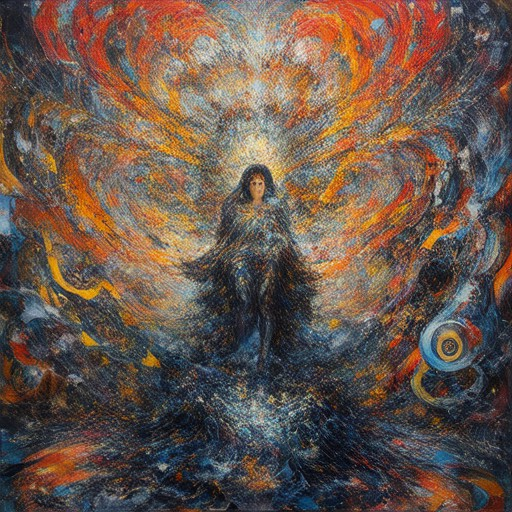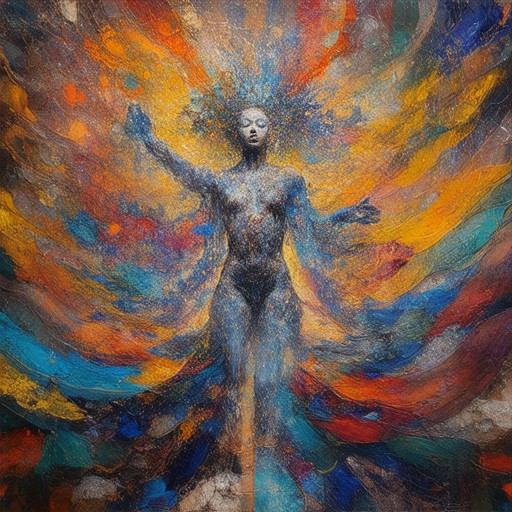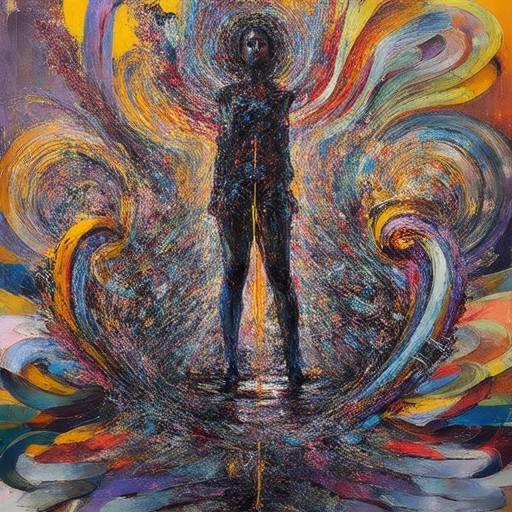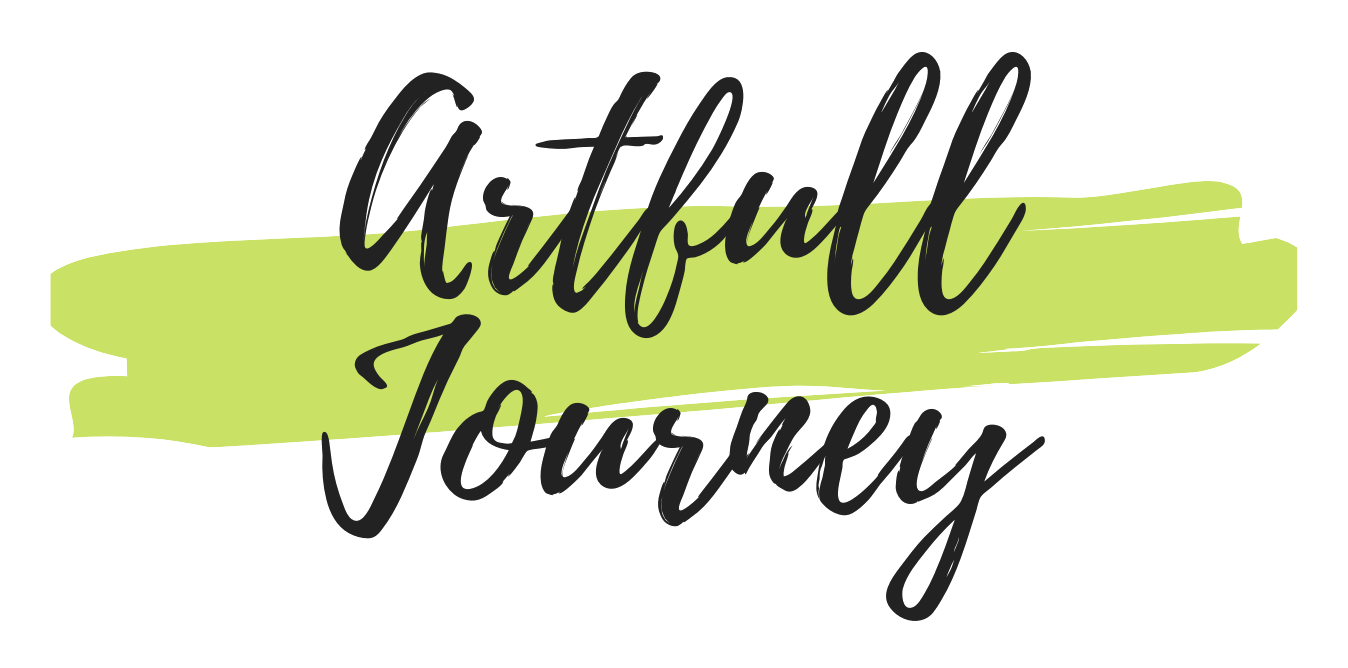Exploring the dynamic world of creative techniques in mixed media offers a fascinating journey into a realm where boundaries are constantly pushed and traditional methods are redefined. By combining diverse media elements such as paint, collage, photography, and digital tools, artists and creators unlock unprecedented potential to craft unique and impactful works of art. Mixed media techniques not only allow for experimentation but also provide a platform for storytelling through multiple perspectives, making it a versatile medium suited for various artistic expressions. From the intricate layering of textures to the fusion of different materials, the possibilities in mixed media are vast, offering endless opportunities for innovation and self-expression. Whether you’re an aspiring artist or a seasoned creator, delving into the techniques and applications of mixed media opens up a world of creativity that transcends conventional limits, inspiring new ways to communicate visually and emotionally. This article dives deep into the types, examples, and rules of mixed media art, providing insights and inspiration for anyone eager to explore this captivating form of creative expression.
Key Takeaways
– Explore Six Major Types of Mixed Media: From collages and sculptures to installations and altered book art, mixed media offers diverse creative avenues.
– Understand Five Basic Media Types: Print, digital, broadcast, social, and emerging media provide the broader context for mixed media applications.
– Follow Essential Rules for Mixed Media Art: Define your medium, layer thoughtfully, experiment with texture, and maintain stability for cohesive results.
– Avoid Common Mistakes: Refrain from overloading canvases, ignore base mediums, and skip planning to enhance your workflow.
– Embrace Tips for Success: Start small, use references, stay organized, and document your process to refine your skills.
– Unleash Creativity with Mixed Media: Combine materials, experiment with textures, and stay curious to create meaningful, cohesive pieces.

What Are Creative Techniques in Media?
Creative techniques in media refer to the innovative methods used by content creators, advertisers, and marketers to design and deliver messages in a unique, engaging, and memorable manner. These techniques aim to capture the audience’s attention, convey ideas effectively, and create a lasting impact.
Key Aspects of Creative Techniques in Media:
- Storytelling :
- Crafting narratives that resonate emotionally with the audience.
- Utilizing visual and auditory elements to enhance engagement.
- Editing and Production :
- Fine-tuning content through selective cropping, framing, and special effects.
- Adding elements like music, sound effects, and voiceovers to enhance the message.
- Visual Elements :
- Incorporating high-quality images, graphics, and animations.
- Using color schemes and typography to convey specific emotions and reinforce brand identity.
- Emotional Appeal :
- Designing content to evoke feelings that align with the intended message.
- Using emotional triggers to create a deeper connection with the audience.
- Metaphors and Symbolism :
- Conveying complex ideas through relatable symbols or objects.
- Making abstract concepts more tangible and understandable.
- Humor and Satire :
- Employing jokes, puns, and playful language to make content more relatable.
- Using satire to critique or highlight issues in a humorous way.
- Cultural Inclusivity :
- Adapting content to resonate with diverse audiences.
- Translating messages across cultural boundaries to ensure universal appeal.
- Technology Integration :
- Leveraging tools like virtual reality (VR), augmented reality (AR), and interactive media.
- Creating immersive experiences that engage the audience on multiple levels.
- Collaboration and Feedback :
- Working closely with teams across different disciplines to refine ideas.
- Gathering feedback from target audiences to optimize content effectiveness.
- Examples Across Media Types :
- Film and Television : Using dialogue, visuals, and music to tell compelling stories.
- Print Media : Employing creative layouts, fonts, and color choices to attract readers.
- Digital Content : Incorporating interactive elements, animations, and user-generated content.
By employing these creative techniques, media creators can transform simple messages into powerful experiences that leave a lasting impression on their audience.
What is the Technique of Mixed Media?
Mixed media art is a creative technique that combines diverse materials and substances to create unique artwork. This method allows artists to explore a variety of textures, colors, and styles in a single piece, resulting in dynamic and multi-dimensional pieces.
Components of Mixed Media Art
Mixed media art typically incorporates a blend of traditional and non-traditional materials. Common media types include:
- Paint (oil, acrylic, watercolor)
- Collage elements (paper, fabric, images)
- Sculpture and three-dimensional objects
- Textured surfaces (sand, stone, wood)
- Light effects (glow-in-the-dark paints, neon lights)
Benefits of Mixed Media
The appeal of mixed media lies in its versatility and ability to encourage experimentation. By combining different media, artists can:
- Craft textured surfaces for added depth
- Combine contrasting colors for vibrant visuals
- Introduce unexpected elements for creative contrast
- Express personal emotions and stories uniquely
Examples of Mixed Media Techniques
- Layering: Applying multiple layers of different materials to build depth and dimension.
- Texture Integration: Incorporating rough or smooth textures to enhance visual interest.
- Color Blending: Using complementary and contrasting colors to create eye-catching compositions.
- Material Fusion: Melding disparate materials like metal, glass, and fabric to create a cohesive piece.
Exploring Mixed Media
Mixed media art invites artists to push boundaries and discover new ways to express themselves. Whether you’re working on a large-scale installation or a small-scale sketch, the technique offers endless possibilities for innovation.
Want to learn more? Explore Artful Journey for tips, tutorials, and inspiration for mixed media artists.
Don’t stop there! Check out these related platforms:
- DeviantArt – A community for artists to share and explore mixed media works
- Behance – Showcase your mixed media projects and connect with fellow creatives
- Flickr – Share your mixed media art and discover inspiring collections

Techniques Used in Creative Arts
Creative arts encompass a vast array of techniques that allow artists to express their creativity and vision. Here are some of the most common techniques used across various art forms:
Drawing
Drawing is one of the most fundamental techniques in creative arts. It involves creating images or designs using pencils, pens, or other drawing tools. Drawing can be used in nearly every art form, from painting and sculpture to digital art and architecture. Techniques include shading, perspective, and contour drawing.
Painting
Painting is another cornerstone of creative arts. Artists use paintbrushes, acrylics, oils, or watercolors to create vibrant and expressive works. Painting techniques vary widely, ranging from traditional oil painting to abstract expressionism. Common methods include blending colors, using textures, and applying layers of paint to achieve desired effects.
Sculpture
Sculpture involves shaping three-dimensional objects from various materials such as clay, marble, wood, or metal. Sculptors use tools like chisels, saws, or 3D printers to bring their ideas to life. Techniques in sculpture include carving, casting, and assembling components to create a cohesive piece.
Printmaking
Printmaking allows artists to create multiples of their work through printing techniques. Common methods include lithography, etching, screen printing, and relief printing. Printmakers often experiment with ink colors, textures, and paper types to produce unique editions of their artwork.
Photography
Photography captures moments in time and transforms them into lasting images. Digital photographers use cameras and editing software to manipulate and enhance photos, while traditional photographers work with film. Photography techniques include composition, lighting, and post-processing to achieve desired aesthetic outcomes.
Digital Art
Digital art has become increasingly popular due to advancements in technology. Artists use software like Adobe Photoshop, Canva, or Procreate to create digital paintings, illustrations, and animations. Digital art allows for endless experimentation with colors, effects, and styles, making it accessible to artists of all levels.
Collage
Collage is a technique that combines diverse materials to create a unified work. Artists glue together photographs, newspaper clippings, fabric, or other media to create collages that tell stories or evoke emotions. Collage requires creativity in selecting materials and arranging them in a meaningful way.
Ceramic Art
Ceramic art involves working with clay to create functional or decorative pieces. Artists shape, mold, and fire clay to create pottery, tiles, or sculptures. Ceramic techniques include wheel throwing, hand building, and glazing to give pieces a finished look.
Fine Art
Fine art refers to high-quality works created primarily for aesthetic purposes rather than functionality. Genres include painting, sculpture, photography, and printmaking. Fine artists often explore themes like nature, human emotion, or social issues, using their chosen medium to convey meaning and beauty.
Performance Art
Performance art is a live presentation where artists use movement, sound, or other actions to communicate their art. Performances can take many forms, from dance and theater to street performances and installations. Performance art often emphasizes the temporal aspect of art, as it is experienced in real-time.
Textile Art
Textile art involves creating fabrics or wearable art using techniques like knitting, stitching, dyeing, or embroidery. Textile artists often combine materials and textures to create unique designs, exploring themes of identity, culture, or personal narrative.
Resources for Further Exploration
To learn more about these techniques and discover inspiration, visit Artful Journey . Their platform offers tutorials, resources, and insights for artists of all levels, covering topics like painting techniques, design processes, and creative inspiration.
By mastering these techniques, artists can unlock their creativity and produce works that resonate with audiences on a deep level. Whether you prefer traditional mediums or modern digital tools, there’s a creative technique waiting to be explored.

What Are the 6 Major Types of Mixed Media?
Mixed media art combines diverse materials, techniques, and elements to create unique and innovative works. Below are the six primary types of mixed media art, each offering a distinct approach to artistic expression:
- Collage : This type involves assembling found objects, photographs, paint, and/or textures onto a surface to create a layered effect. Collages often explore themes like recycling, surrealism, or personal narratives.
- Assemblage : Similar to collage, assemblage focuses on grouping unrelated objects to form a cohesive piece. However, assemblage pieces often emphasize three-dimensional elements and storytelling through found objects.
- Sculpture : Mixed media sculptures combine materials like clay, metal, wood, fabric, and resin to create three-dimensional forms. These works often challenge traditional sculpture norms by incorporating unexpected materials.
- Installation Art : Installations are large-scale, site-specific art pieces that interact with their environment. They may use mixed media to create immersive experiences, blending visual, auditory, and tactile elements.
- Altered Book Art : This type transforms ordinary books into unique works of art through modification, such as adding painted covers, cut-out pages, or embedded objects. It’s a popular form among book artists who enjoy reusing found materials.
- Wet-and-Dry Media : Combining water-based and oil-based media creates dynamic textures. Paintings, drawings, and prints often layer these mediums to achieve depth and dimensionality, resulting in works that feel both fluid and grounded.
Mixed media art allows artists to experiment freely, combining textures, colors, and forms to create visually striking and emotionally resonant pieces. Whether you’re working on a small-scale project or a large-scale installation, these techniques offer endless possibilities for self-expression and innovation.
What are the 5 basic types of media? Define each?
-
Print Media
Print media encompasses traditional forms of communication such as newspapers, magazines, books, and posters. These formats allow for physical distribution and long-term shelf life, making them ideal for reaching broad audiences. Learn more about print media
-
Digital/Electronic Media
Digital or electronic media refers to forms of communication delivered through screens, including websites, social media platforms, mobile apps, and online newspapers. These channels offer instant access and global reach. Explore digital media
-
Broadcast Media
Broadcast media involves transmitting content via radio, television, or streaming services. This method allows for live transmission and reaches large audiences simultaneously across various locations. Understand broadcast media
-
Social Media
Social media platforms enable interaction and sharing of content among users. Examples include platforms like Facebook, Instagram, Twitter, and TikTok, which facilitate connections and content dissemination. Discover social media
-
Emerging Media
Emerging media refers to newer forms of communication technology, such as virtual reality (VR), augmented reality (AR), podcasting, and video marketing. These formats continue to evolve and influence how content is consumed. Stay updated on emerging media

Rules for Mixed Media Art
Mixed media art is a versatile artistic technique that combines multiple mediums to create unique compositions. While there are no strict rules, certain principles can guide you in creating effective mixed media pieces.
- Define Your Medium: Decide which materials you want to use. Common options include paint, ink, collage elements, metal, glass, fabric, or found objects.
- Layer Thoughtfully: Build your artwork layer by layer, allowing each medium to interact with others. Start with a base material and add layers incrementally.
- Experiment with Texture: Use textures from different materials to add depth and interest to your work. For example, mix sandpaper with paint for a rough texture or use metal sheets for a shiny effect.
- Consider the Composition: Plan your composition to create balance and harmony. Arrange elements thoughtfully, leaving spaces for negative space effects.
- Play with Color and Contrast: Use complementary colors and contrasts to create visual impact. Dark and light shades can make certain elements stand out.
- Be Mindful of Stability: Some materials may be heavy or unstable. Secure loose elements using adhesives or frames to prevent your artwork from becoming unwieldy.
Common Mistakes to Avoid
- Overloading the Canvas: Don’t use too many materials at once, as it can clutter the piece. Focus on a few key elements to keep your artwork clean.
- Ignoring the Base Medium: Choose a primary medium and don’t let other materials overpower it. Maintain a cohesive foundation for your artwork.
- Not Testing Materials: Before committing, test how different materials react together. This helps avoid unexpected interactions that ruin your piece.
- Skipping the Planning Phase: A quick sketch or plan can save time and help you stay focused. Without preparation, your ideas might become overwhelming.
Tips for Success
- Start Small: Experiment with small projects before tackling large ones. This helps you learn and refine your mixed media technique.
- Use References: Look at inspiring artworks or photos to get ideas. Trace outlines or copy shapes to transfer your vision onto canvas.
- Stay Organized: Keep your tools and materials separate. Use dedicated palettes, containers, or workstations to maintain order and hygiene.
- Document Your Process: Take photos or videos of your artwork as you create it. This documentation can be useful for future reference or sharing your work.
Conclusion: Mixed media art allows for endless creativity, but following these guidelines can help you create meaningful and cohesive pieces. Explore different combinations, experiment with textures, and stay curious to unlock your artistic potential.




0 Comments